Marigolds are a fairly well-known and widespread plant in our country with very bright flowers, somewhat reminiscent of a carnation in shape. The official name of this plant is Tagetes. The popularity of the flower is due to its effectiveness, unpretentiousness, and fairly long flowering period. The main disadvantage is that it is an annual. Therefore, next spring you need to re-sow the seeds or plant seedlings. If you choose the second option and sow seedlings, the flowering period can be brought closer.
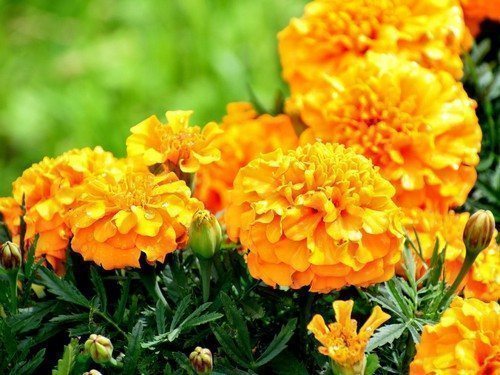
Why are marigolds so popular?
They are versatile because they can be planted in different climatic latitudes. These do not necessarily have to be flower beds in the country, because they also feel great in pots on balconies, in flowerpots, and as elements of complex compositions in landscape design. Therefore, you do not need to be an experienced gardener to grow them.

Tips for growing seedlings
Sowing time
There is no need to rush into sowing and plant them almost immediately after the onset of the New Year, because marigolds are fast-growing plants. The period between planting seeds and flowering is approximately 45-57 days. Therefore, the optimal age of seedlings that can already be planted in the ground is 1.5-2.0 months. As for the specific time, it must be determined depending on the region in which it is planned to grow the plant. Climatic conditions must be taken into account:
- The middle zone is the second half of March and the first half of April;
- South of Russia - early March;
- Siberia, North-West, Urals - second half of April or early May.
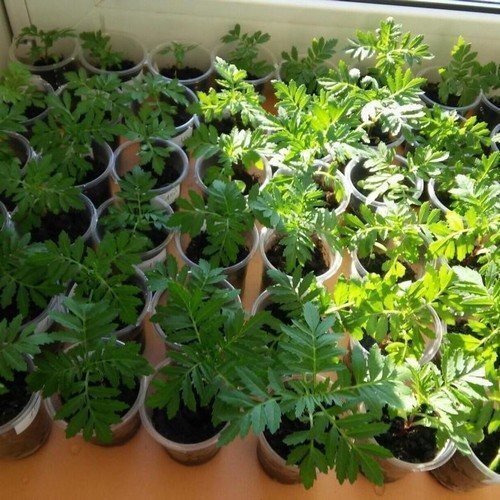
Selection of capacity
There are no special restrictions. You can use a large pot, peat tablets, plastic bottles, etc. If you plant the seeds individually in pots or in a large container at a distance from each other, there will be no need for picking in the future. If you plant seeds in a large container, picking is required. But the procedure is simple and the plant tolerates it well. It is important that the container has drainage holes to prevent excess moisture from accumulating.
The soil
The optimal soil composition should include the following components:
- peat – 1
- humus - 1
- black soil - 2
- river sand – 1
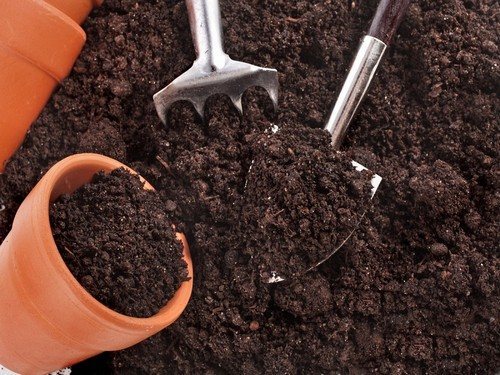
To avoid seedling diseases, the soil is first disinfected. To do this, you can pour it with a fungicide, steam the soil, pour it with a solution of potassium permanganate, or keep it in the microwave at medium power for 10-15 minutes. By the time of sowing, the soil temperature should vary between +18 +21 degrees Celsius.
Seeds
You can collect them yourself in the fall from previous flowers. It is necessary to dry and ensure proper storage until spring. Or seeds are purchased in specialized stores.
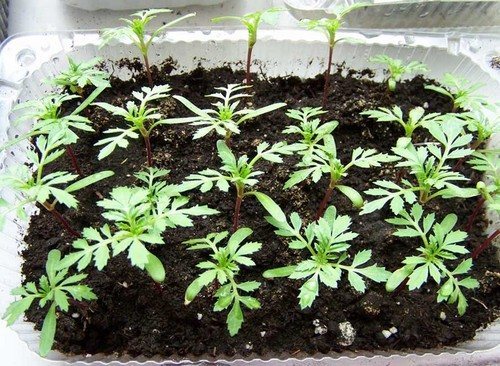
Sowing and cultivation
In a slightly moistened substrate, make grooves 1 cm deep at a distance of 1.5 cm. It is better to plant the seeds one at a time. They can be dry or pre-soaked for 3 hours in a damp cloth. Then the grooves are filled with a small amount of soil.You can lightly spray with water and provide a greenhouse effect. For this, use cling film. The entrances will appear in a week. In another week, you can do the picking. In 1.5-2.0 months, you can plant the seedlings in open ground.
Important! Since marigolds are afraid of recurrent frosts and there is a high risk of cold weather, it is better not to rush and plant the seedlings when real spring comes. Otherwise, they will not withstand the cold and die.
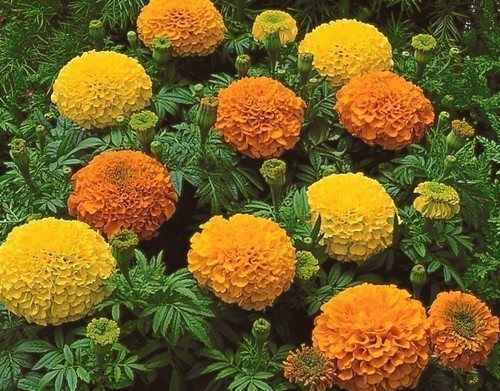
You can grow marigolds not only in flower beds and pots, but also plant them next to vegetable crops. Why? Because the flowers contain substances that protect many other crops from a number of diseases and pests.



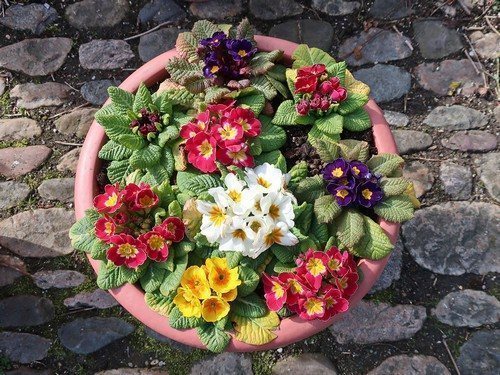

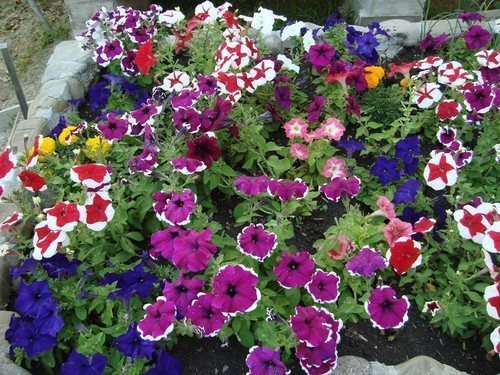
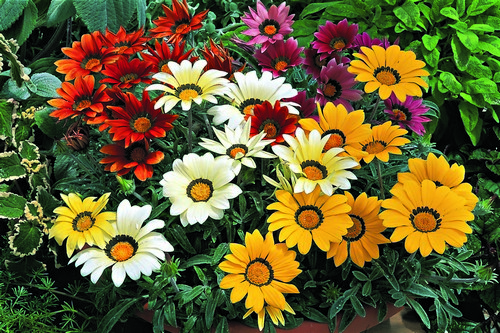

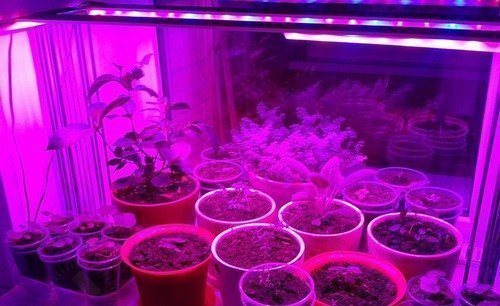

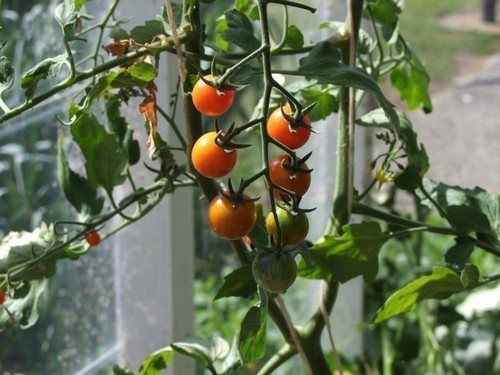
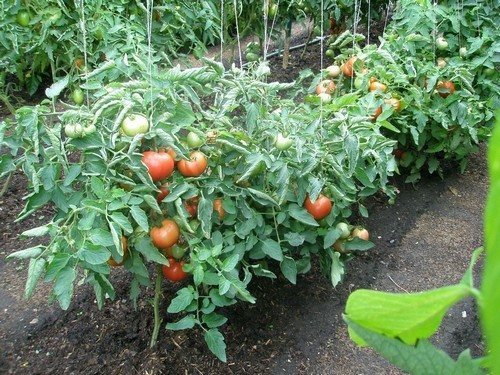
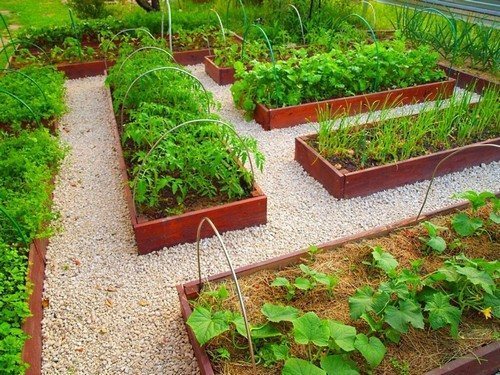
I plant marigolds along the path in a row in the beds as border.Beautiful and useful for other crops.
April-tina